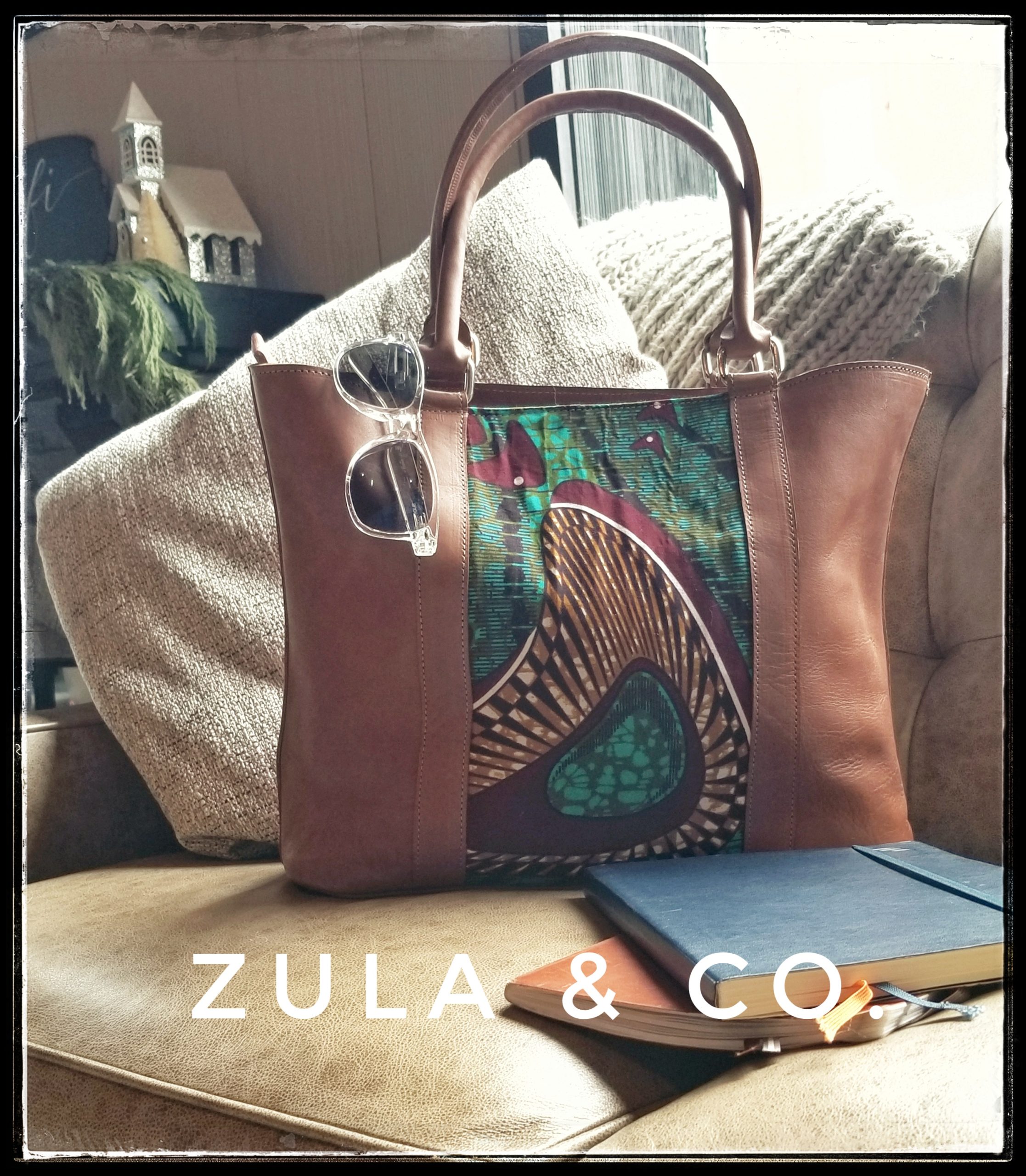The continent of Africa is often connected with having vibrant textiles, most known as Wax print fabric. But the history of this fabric is rooted in Indonesian Batiks. The Dutch were able to “mechanize the process so they could undercut expensive hand-made batiks”. (1) During colonization these fabrics, now known as Dutch wax print, became popular in West Africa, due to it’s similarities with West African tie-dyed fabrics, and over the years African consumers began to identify with the fabric through their culture or heritage.

Certain patterns became popular with different tribes due to the local market sellers. “the unique tradition of naming the patterns as they come on the market make them one of the best chronicles of historical and contemporary events, reflecting social trends or celebrating social rites of passage”. (2) Although wax print fabric has mainly been produced in Europe and China, more manufacturers are starting to produce in Africa.

Traditional African fabrics are mud cloth, Bogolan, Raffia, woven textiles and many more. The Baganda people, from the Bugandan tribe in southern Uganda are known for making bark cloth, but Bark cloth died out with the introduction of cotton cloth by Arab caravan traders in the nineteenth century. It can still be found in ceremonial clothing and social traditions. It has also been recently promoted for its important cultural significance. For more information see the articles listed below. (3) Another popular fabric made in East Africa is Kikoy, which is thinner, rectangular, and wax free, making it very soft.


Uganda is made up of many different tribes, all of which have their own unique outfits which distinguish them from each other. (4) Depending on the tribe and the function, traditional garb is made of many different materials; one such outfit, worn as traditional attire by women in the Buganda tribe is called a Gomesi. (5) They are often constructed out of beautiful wax print fabrics, called Kitenge in East Africa.


As accessible travel makes the world a much smaller place, the popularity of wax print fabric has become a popular choice among many designers and pop stars. The history of wax print fabric in Africa came from the worst circumstances (colonization), but African tribes have claimed the fabric as their own, weaving in their history and stories in the patterns and colors of different designs. The beauty of Ugandan culture and ceremonies is accented by these vibrant fabrics.

At Zula and Co our Ugandan manufacturer chooses beautiful colorful fabrics to accent our leather bags, reminding us of the rich culture and traditions of such an amazing country. We love the beauty and richness of the Uganda story that is woven into it’s garments with such beautiful fabrics.
Go to our site and take a closer look at each of the different prints, and find the one that speaks to you.
www.zulaandco.com




- https://www.vam.ac.uk/blog/museum-life/fabric-of-the-african-diaspora?srsltid=AfmBOoqAURxVlodhgw-FaF7LnyE16o-9seG2tKRNjsCAMV9q6548zPwN&doing_wp_cron=1724181365.1108629703521728515625
- https://www.un.org/africarenewal/magazine/september-2020/fashion-and-fabric-african-history-told-through-printed-wax-clothing
- https://ich.unesco.org/en/RL/barkcloth-making-in-uganda-00139#:~:text=The%20cloth%20is%20mainly%20worn,village%20in%20the%20Buganda%20kingdom.
- https://behindclosedscreens.wordpress.com/2021/06/22/traditional-wear-culture-and-fashion-week/
- https://nyomplanet.com/blog/ugandan-traditional-wedding-attire